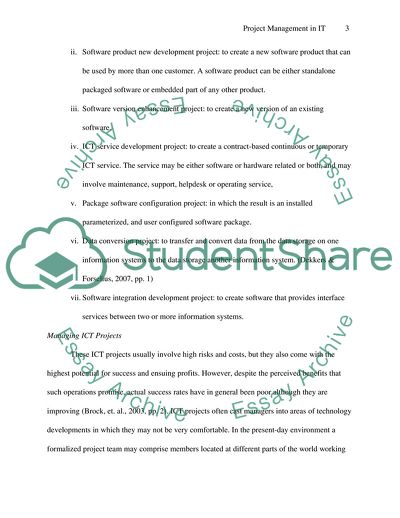Cite this document
(Project Management as Tool in Inforamtion Technology Coursework, n.d.)
Project Management as Tool in Inforamtion Technology Coursework. https://studentshare.org/information-technology/1709970-project-management-as-tool-in-it
Project Management as Tool in Inforamtion Technology Coursework. https://studentshare.org/information-technology/1709970-project-management-as-tool-in-it
(Project Management As Tool in Inforamtion Technology Coursework)
Project Management As Tool in Inforamtion Technology Coursework. https://studentshare.org/information-technology/1709970-project-management-as-tool-in-it.
Project Management As Tool in Inforamtion Technology Coursework. https://studentshare.org/information-technology/1709970-project-management-as-tool-in-it.
“Project Management As Tool in Inforamtion Technology Coursework”. https://studentshare.org/information-technology/1709970-project-management-as-tool-in-it.


